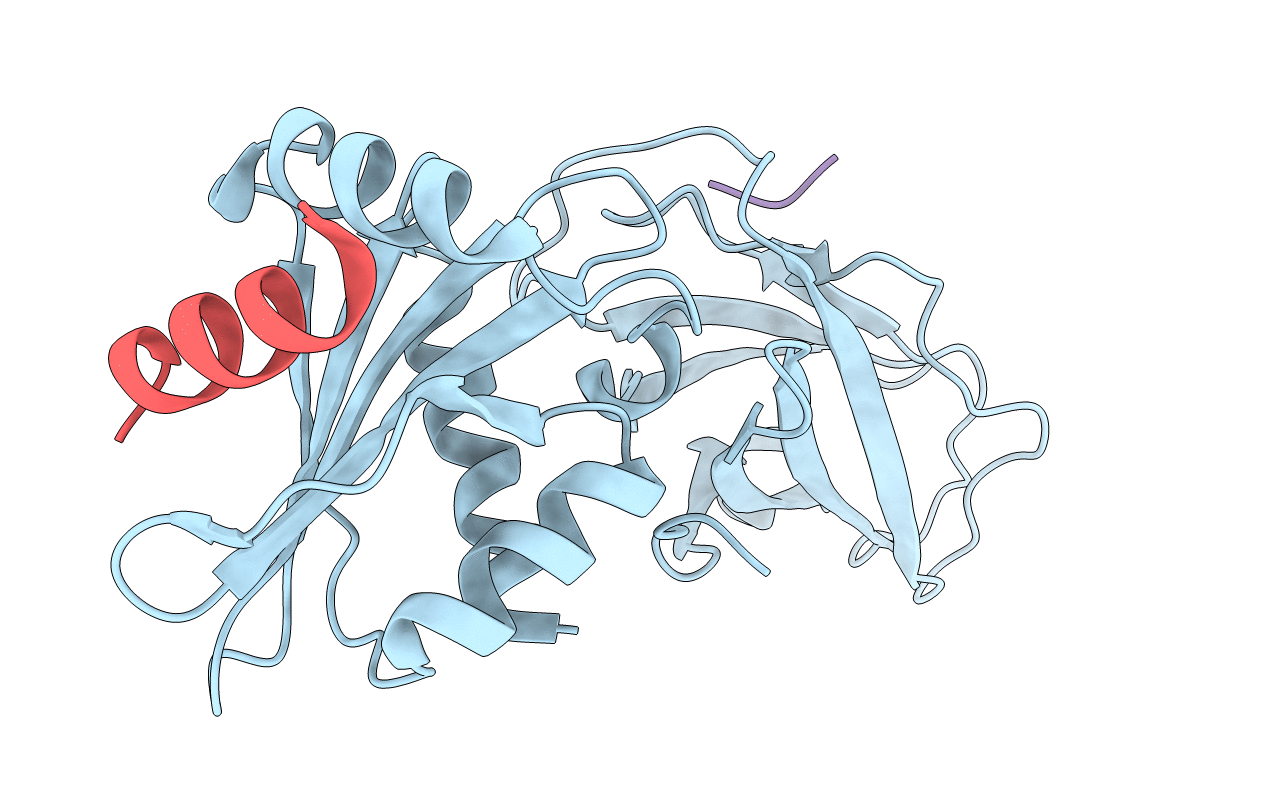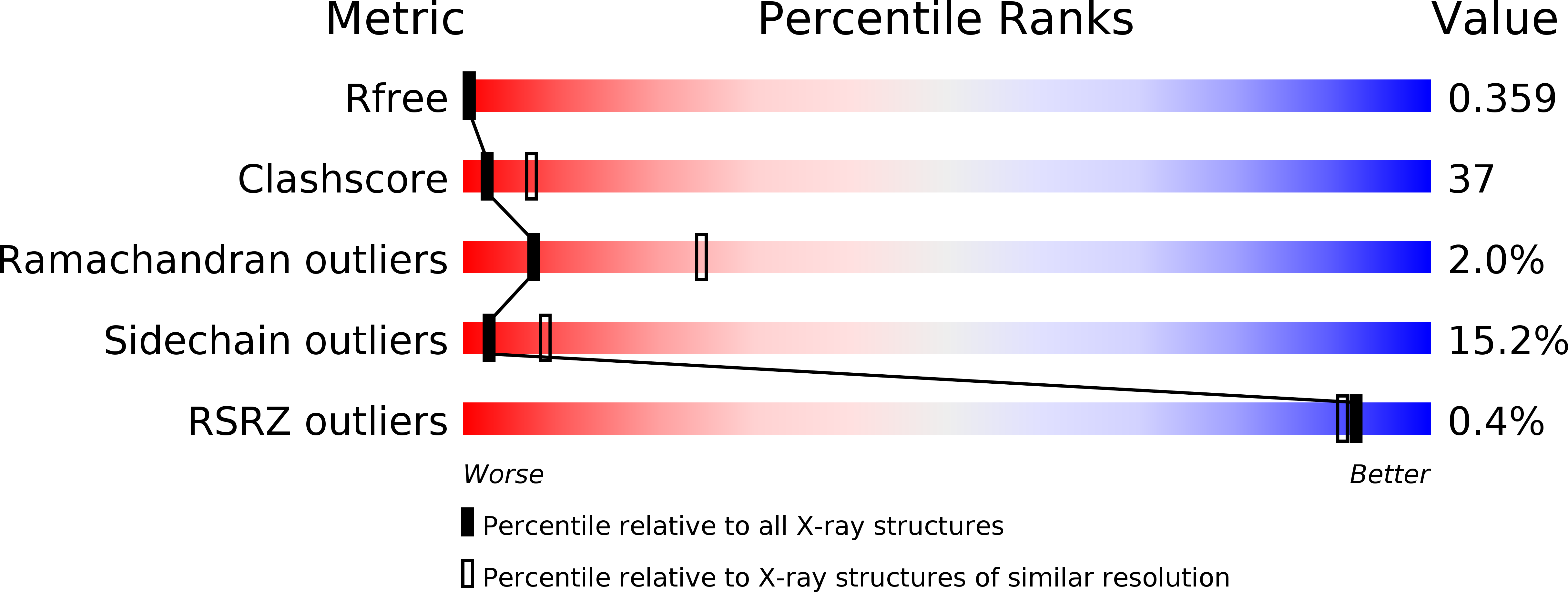
Deposition Date
2006-06-08
Release Date
2007-06-12
Last Version Date
2023-12-13
Entry Detail
PDB ID:
2IV8
Keywords:
Title:
beta appendage in complex with b-arrestin peptide
Biological Source:
Source Organism:
HOMO SAPIENS (Taxon ID: 9606)
Host Organism:
Method Details:
Experimental Method:
Resolution:
2.80 Å
R-Value Free:
0.36
R-Value Work:
0.21
R-Value Observed:
0.22
Space Group:
P 21 21 21


